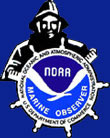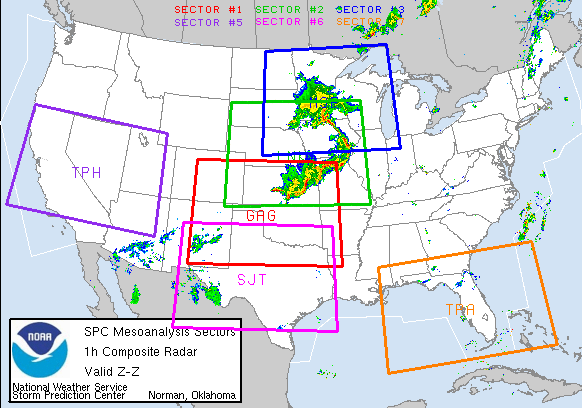Ever wonder what it feels like flying into a Thunderstorm in a armor-plated airplane? This is a great video (Complements of Storm Chaser Tom Warner) of a T-28 Storm Penetrating Aircraft. This T-28 was retired last year and now resides in a museum in Ashland NE,
Here is a little history on the T-28 Storm Penetrating Aircraft.
T-28 Flies Into History
T-28 History The original concept of a meteorological research aircraft capable of penetrating hailstorms was developed and promoted by Dr. Paul MacCready in the late 1950s. At the time, this was widely regarded as not feasible because of potential danger to pilots and aircraft. The idea of developing a storm penetration aircraft persisted, however, and began to approach reality following Project Hailswath in 1966, when the National Science Foundation provided funds to support a detailed investigation. MacCready commissioned an associate, Robin Williamson, to do the aircraft feasibility study. Williamson considered all aircraft in the military and civilian fleet of the Vietnam War era. All aspects of aircraft operation including survivability, maintainability, costs, and performance were analyzed. Strictly on the basis of performance characteristics, he concluded that the best aircraft for hailstorm penetrations would be a Douglas “Dauntless” dive bomber, a World War II-era combat aircraft. His second choice was a T-28 military trainer, developed in the late 1940s as a high-performance, prop-driven, pre-jet trainer. When costs and maintainability were factored in, however, the T-28 was judged to be the overall top choice. Using the results of Williamson's study, MacCready successfully presented his idea to the National Science Foundation (NSF) in 1967. MacCready's company, Meteorology Research, Incorporated, under contract to the South Dakota School of Mines and Technology Institute of Atmospheric Sciences’ NSF-funded Hailstorm Models Project, acquired and registered a T-28. Williamson Aircraft Co. (headed by Robin Williamson) contracted to outfit the aircraft for hailstorm penetrations. This work began in 1968 and was carried on through 1969. After the modifications, the T-28 was capable of performing hailstorm penetrations to altitudes up to about 25,000 feet, and was able to withstand impacts of hailstones up to 7.5 cm in diameter at 100 m/s relative speed, with minimal damage. Meteorological instrumentation was installed, and the aircraft made test flights during the summer of 1969 at Rapid City, S.D., and Flagstaff, Ariz., to determine its capacity for carrying heavy loads of structural ice. It was found that the aircraft could handle up to an inch of ice with only a relatively small increase in speed to maintain controllability. Since the T-28 was to be used in summer thunderstorms where a layer of warm air would be present between icing zones and the ground, icing was not felt to be a major problem. At this time, the T-28 resides with the Institute of Atmospheric Sciences at South Dakota School of Mines and Technology. The T-28 has participated in summer field programs almost every year from 1970 through 2004. This began with the National Hail Research Experiment in northeast Colorado and continued through projects across North America from Florida to Texas to Alberta, Canada. It even included one two-summer project in Switzerland. The T-28 has provided critical pieces to the puzzle of severe storm development and behavior. Because of its contributions to science, the T-28 will be retired to a place where a national audience can view it, and be inspired by its work and by the ingenuity of those who developed and operated the aircraft for the past 34 years. The Strategic Air and Space Museum was chosen because of its specialized commitment to atmospheric related research. | |
Best
RS


































































































![Validate my RSS feed [Valid RSS]](valid-rss.png)
No comments:
Post a Comment